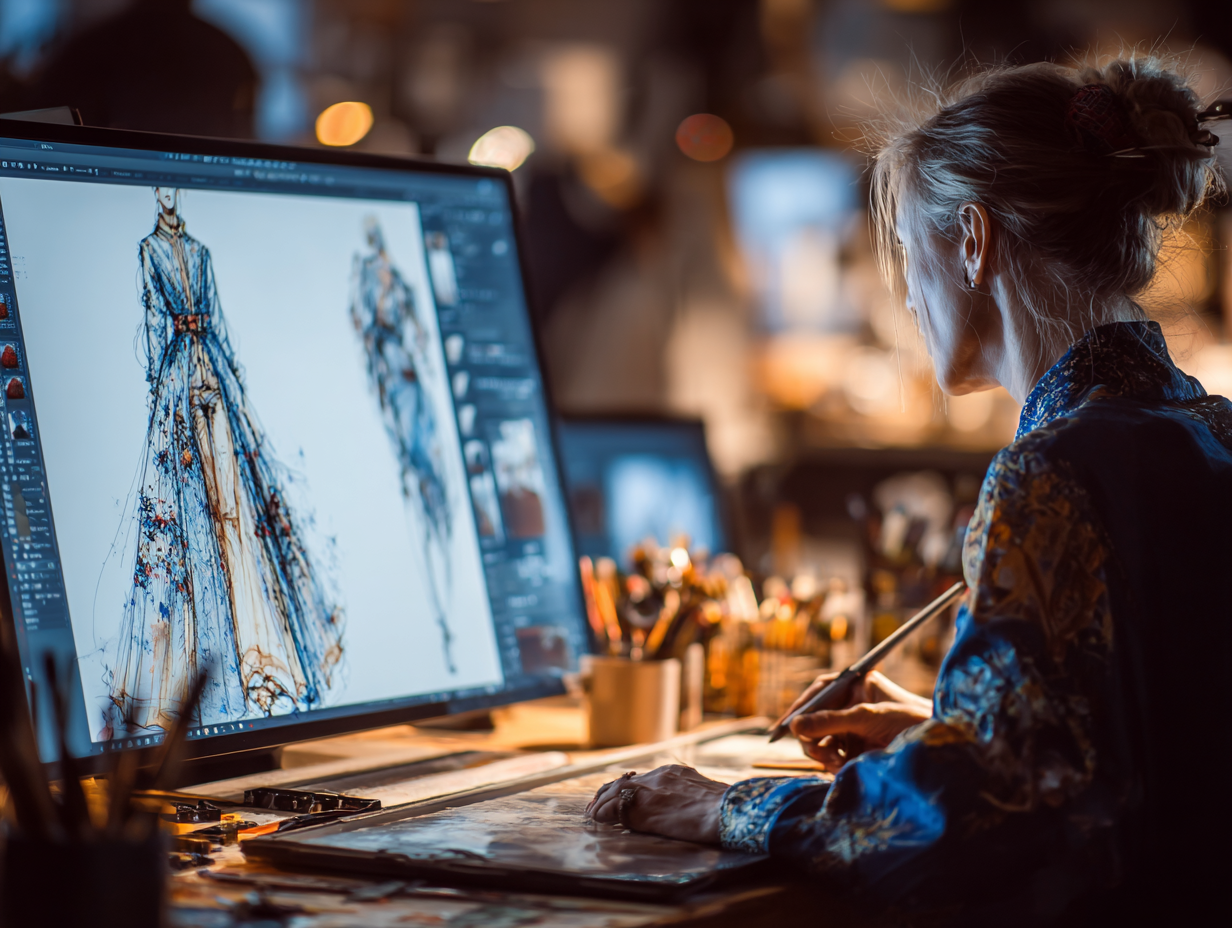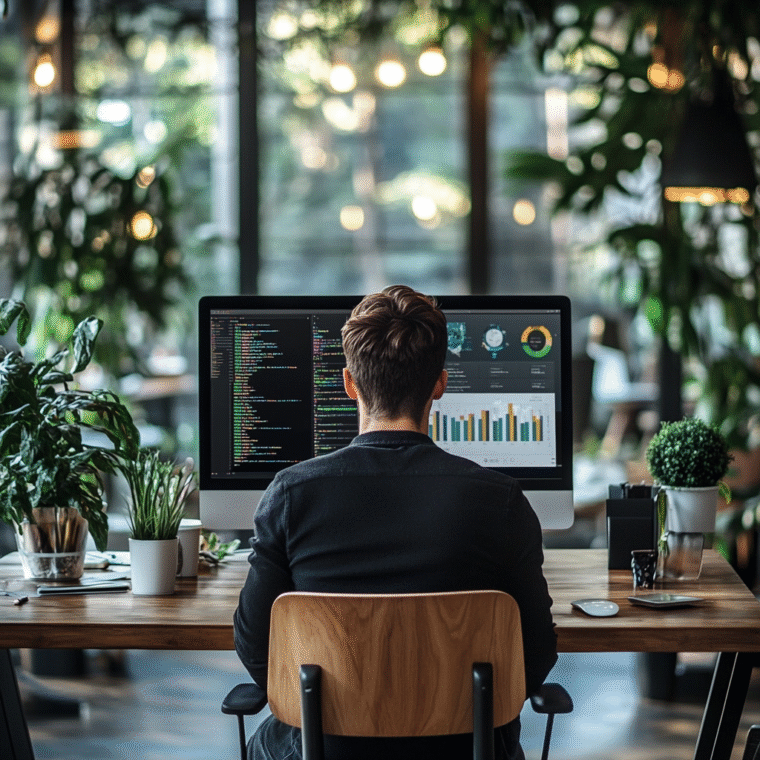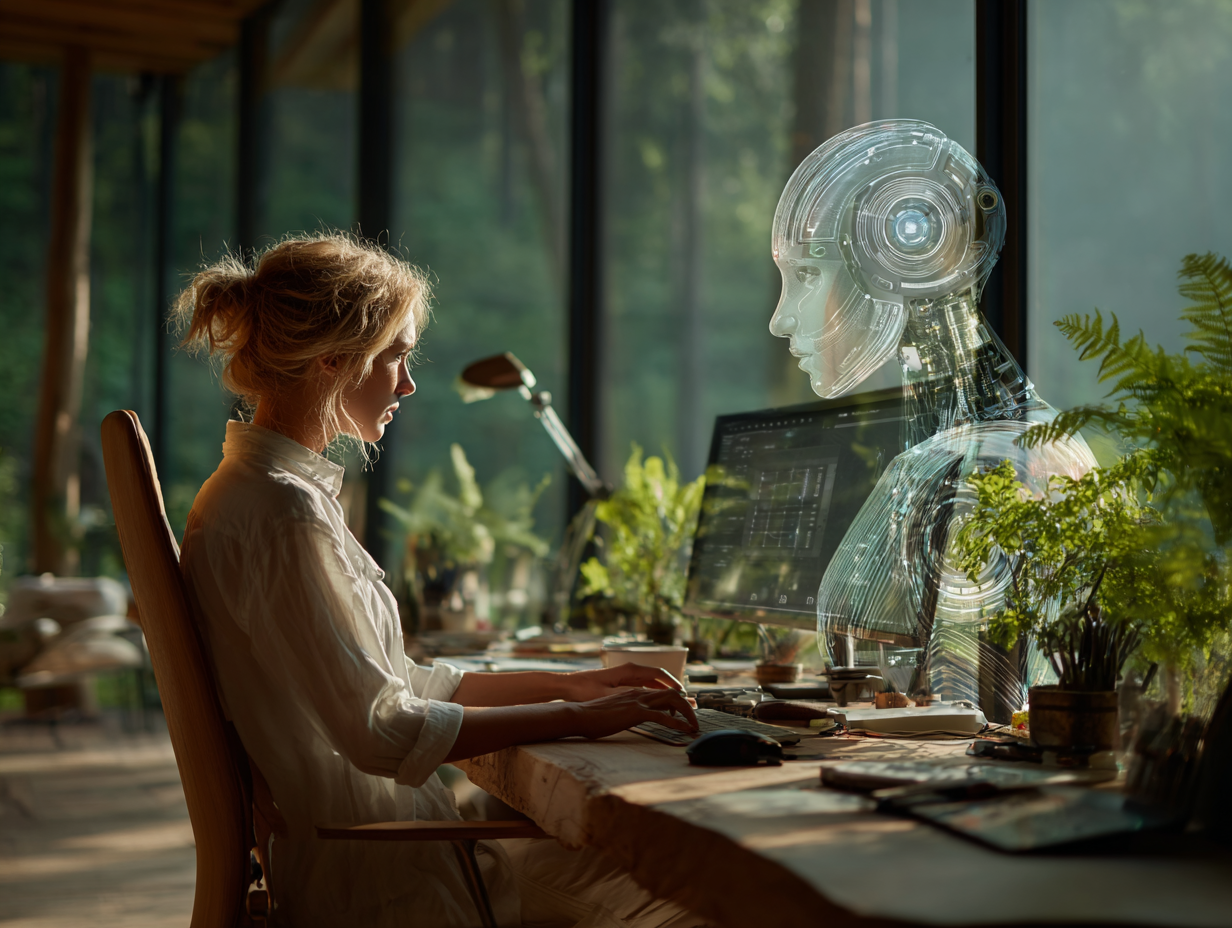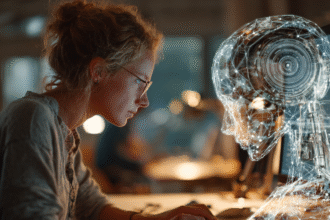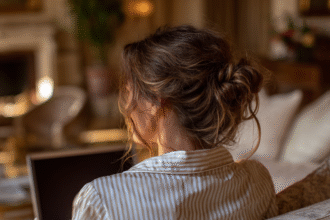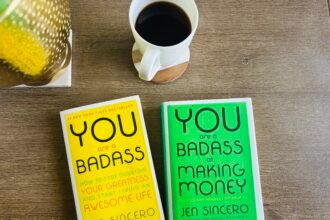AI for Creatives: Collaborate, Don’t Compete
A warm invitation for writers, designers, and artists to thrive with AI — not fear it.
There’s a quiet panic that’s been simmering in the creative world.
Designers worry about tools that generate mockups in seconds. Artists fear a flood of AI-generated content that could drown out originality. Writers wonder if AI will replace their voice.
But here’s the truth:
AI is not here to compete with our creativity. It’s here to collaborate with it.
This is not the end of creativity. It’s the beginning of a new era — the era where artists have a powerful, always-on assistant that helps them think, produce, organize, and evolve. If you are old enough to remember the internet era, this is similar.
And that’s the invitation: to partner with AI, not panic about it.
Creatives Aren’t Being Replaced — But Creative Processes Are Being Upgraded
AI doesn’t replace the essence of your work: your taste, your instincts, your emotional intelligence, your originality. What it does replace are the tedious, time-consuming, mentally draining parts of the process:
- The blank page
- The version-34 file you forgot to name properly
- The admin work that steals your creative hours
- The endless back-and-forth on client briefs
Whether you’re a writer, designer, musician, photographer, or visual artist, AI can help you offload the mental clutter and make more room for what you actually love — creativity.
Let’s break that down.
How Writers Can Use AI to Amplify — Not Replace — Their Voice
- Brainstorm faster: Instead of staring at a blinking cursor, writers can use ChatGPT to explore angles, titles, and outline options in minutes.
- Speed up research: AI can scan multiple sources and summarize them, allowing you to focus on synthesis and storytelling.
- Refine drafts: Struggling with transitions or clarity? AI can offer rephrased suggestions while keeping your tone intact.
- Organize ideas: AI can act like a creative project manager — helping you build content calendars, group blog posts, or structure a book chapter.
Personal note: As a writer, I never ask AI to “write the full article” — because that’s my voice, my story. But I do use it to spark ideas, organize my thoughts, and challenge my own thinking. In the real world, I would ask an assistant to help with these tasks, so AI is just an assistant — a smart one and much lower in cost.
How Designers Can Use AI to Enhance, Not Erase, Their Craft
- Generate mockups and moodboards faster with tools like Midjourney, Canva AI, and Adobe Firefly.
- Accelerate iteration by producing multiple layout options quickly — so you spend less time adjusting margins and more time refining big-picture design.
- Auto-tag assets, organize portfolios, and prep presentations with tools like ChatGPT and Notion.
- Use generative tools as creative prompts, not final products. Let them be starting points for exploration, not shortcuts to mediocrity.
I wish I had AI when I became a fashion designer in the early 2000s. Everything took longer — tech packs, spec sheets, collection planning, research boards. Today, the next generation of designers has access to tools I couldn’t even imagine back then — from AI that can brainstorm silhouettes to software that can simulate fabrics on virtual bodies. The time saved is unreal — but more than that, it frees up energy to push creativity further.
This is not about becoming a robot. It’s about reducing friction so you can play again. It’s very similar to transitioning from hand sketching to sketching on a computer, but it’s a lot faster.
Artists & Illustrators: AI Is Your Practice Partner
- Visualize faster: Use AI image generators to explore color palettes, lighting, and composition studies before you hit the canvas.
- Enhance digital workflows: Apps like Adobe Firefly let you integrate AI into Photoshop and Illustrator, saving hours on retouching, resizing, masking, and layer clean-up.
- Use Canva AI for quick concept boards, promotional design, or generating branded content for clients and social media — especially for solo artists or freelancers juggling multiple roles.
- Scale your work smartly: Automate tasks like watermarking, titling, batching, or creating art descriptions for galleries and online shops.
I’ve been using Adobe tools for over two decades now — and I can’t believe how much productivity has improved with AI features. What used to take 3 hours can now take 15 minutes. Smart object removal, background expansion, auto-selection tools, even text-to-image prompts — these aren’t gimmicks. They’re time-savers. And time is creative gold.
AI can’t teach you to feel. It can’t replicate your hand or your story. But it can give you more time and energy to go deeper into your own creative lane.
Musicians, Photographers, and Creative Entrepreneurs: AI is Your Assistant, Not Your Identity
- Music creators can use AI to generate beats, chords, or arrangements — as practice tools or production starters.
- Photographers can use AI to batch-edit, enhance lighting, or even build client portals with innovative features.
- Creative entrepreneurs (coaches, course creators, artists selling online) can use AI to:
-
-
Write product descriptions
-
Automate emails
-
Build intelligent workflows in Notion, Trello, or Airtable
-
Plan launches and content without burnout
-
The Real Magic: Creative + AI = Time, Space, and Momentum
The myth that “AI kills creativity” misses the point.
What AI actually kills is the burnout, the bottlenecks, and the belief that you have to do everything manually to be legitimate.
When used intentionally, AI:
- Saves your energy
- Helps you grow faster
- Expands your possibilities
- Reduces resistance to starting
You’re not outsourcing your talent. You’re collaborating with a tool that gives you back your creative power.
Bottom line: You Still Have to Show Up
AI can’t feel for you.
It can’t make the final call.
It can’t replace the years you’ve spent honing your eye, your rhythm, your unique taste.
But if you’ve ever felt:
- Creatively stuck
- Time-starved
- Overwhelmed by admin
- Unsure where to start
Then AI isn’t your enemy. It’s your creative co-pilot.
So don’t resist the future — reshape it on your terms. Learn the tools, experiment boldly, and build a process that enhances your art — not one that threatens it.
The most successful creatives won’t be the ones who resist AI.
They’ll be the ones who know how to use it beautifully.

